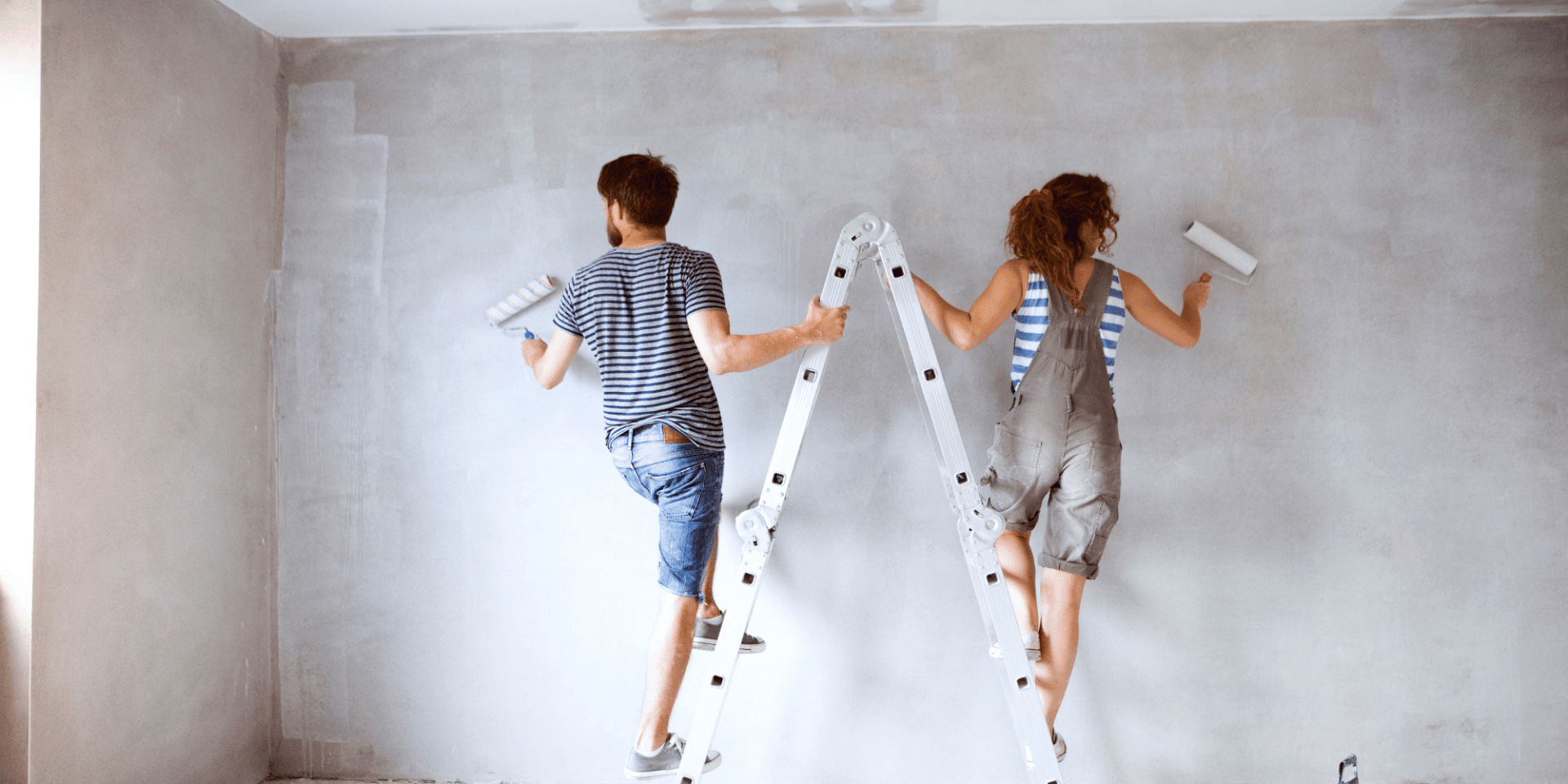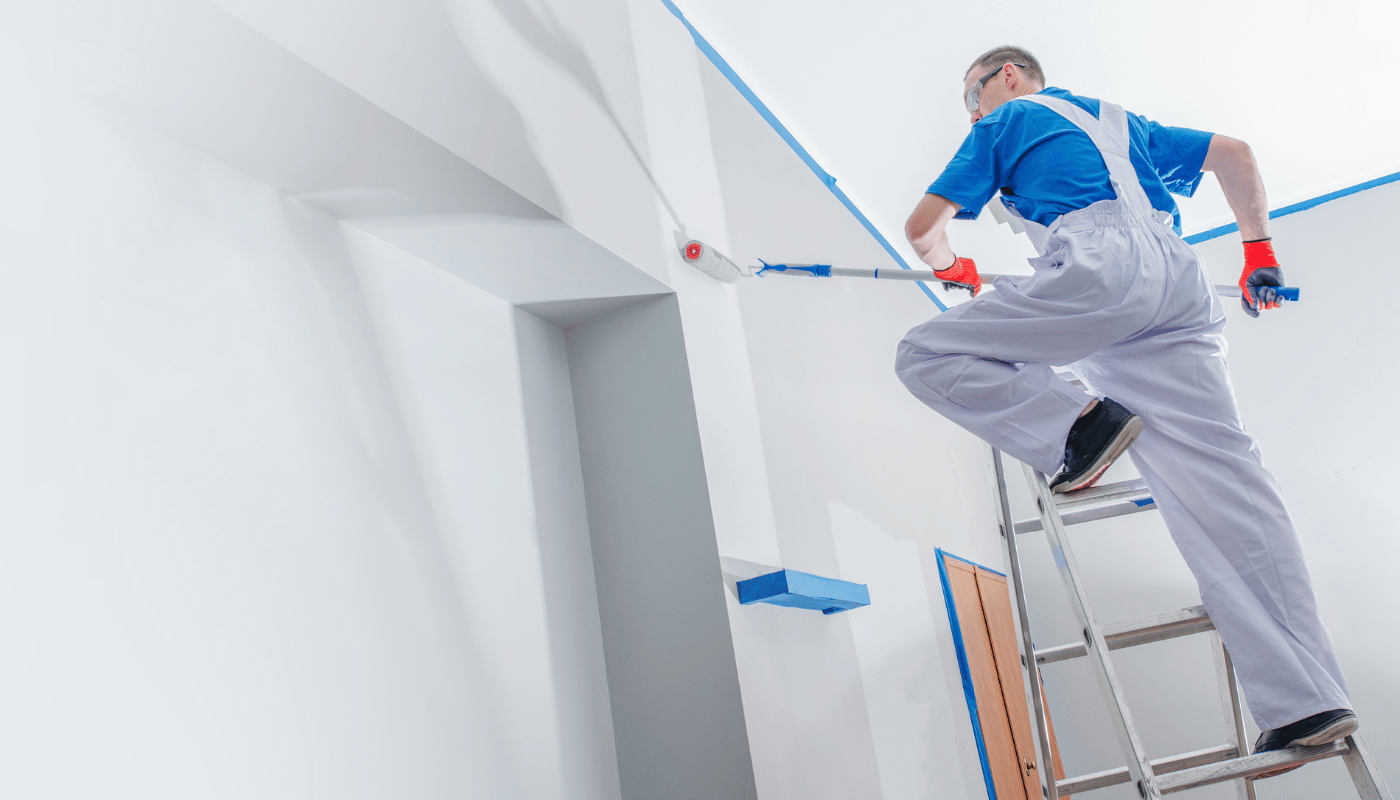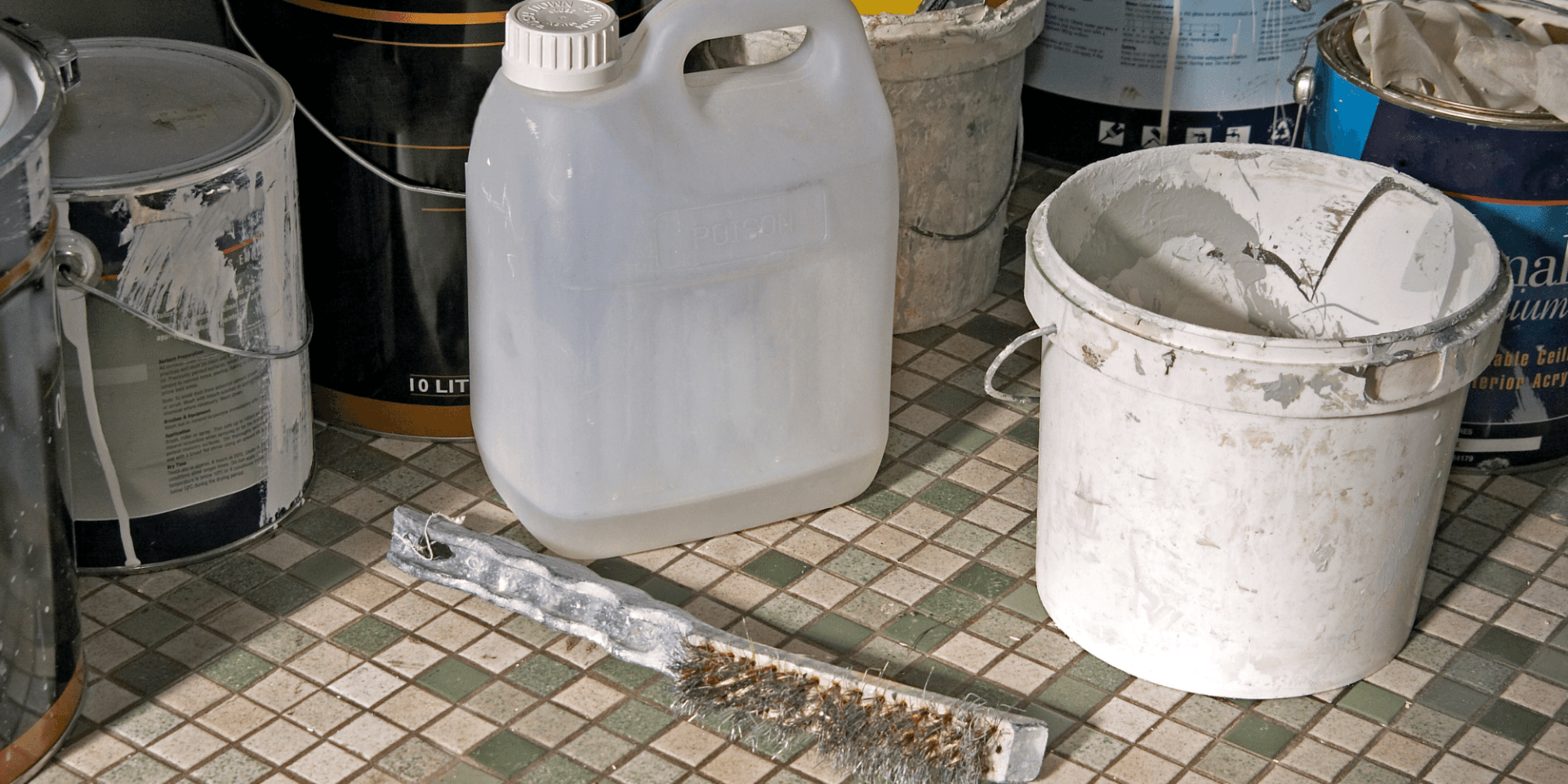To make your next painting job look professional, do what the experts do.

Ready to tackle the next paint job yourself?
Whether you are painting your whole house, or just one wall, these top tips will make your next paint job look like it was done by a pro.
1. Wait for Dry Weather.
High humidity will result in drips and slow drying.
You should avoid painting on a rainy day.
If you have no alternative but to paint when it's humid, ensure you take your time.
When the humidity is high the paint will take longer to dry.
You can take advantage of this to correct any errors before moving on to the next coat.
Be careful you don't overdo it or it will show when you're finished.
2. Do a Thorough Visual Inspection and Preparation.
Before you start painting, any flaking, peeling or cracked surfaces need to be sanded or scraped.
Once you have done this make sure you thoroughly rinse and dry the surfaces.
It’s very important to do these steps before applying new primer and paint.
If not, you'll risk wasting your time and your money.
If you see any greasy spots, you may also need to wash with soap (usually sugar soap), then rinse with clean water.
3. Buy High Quality Brushes, Roller Covers, and Painter's Tape.
You've just bought the best paint for your budget, now don’t buy cheap application tools!
Good brushes and roller covers give the best coverage so that you don't waste time and paint on re-application.
A big tip is to buy the best painter's tape.
You will definitely thank me when you need to seal edges and corners from drips and blurs.
4. Know your NAP.
What is a Nap?
Rollers have different thicknesses of fabric or ‘nap’.
The nap is specifically designed for different surfaces around the home.
The nap refers to the length of fabric.
The thicker the nap, the more paint a roller will hold.
The more texture your walls have, the thicker the nap you'll want on your roller cover.
It needs to reach into the crevices and give your paint job a better coverage.
If you are painting concrete walls you will need a thick nap.
For plaster, a thin nap is preferred. If you use a nap that is too thick, you could actually create more texture which could ruin the look of the wall.
If unsure, it’s always good to ask a professional, either at a paint store or give us a call at Painting Newcastle.
5. Protect Anything You Don't Want Painted.
Preparation is the key!
You can never overprepare.
The time you spend covering floors, furniture and hardware before you begin a painting job is invaluable.
Drop sheets are a must and small plastic sandwich bags secured with tape are a great way to protect doorknobs.
6. Remove Light Switch and Outlet Covers.
This is a really easy way to make your painting project look like a professional has done it.
Don’t be impatient, this simple step will make the difference!
7. Use Primer.
Don’t be cheap!
Paint and primer combinations are ok if your surfaces are already clean and smooth.
But if there are any problems or imperfections with the wall, or it's been more than eight years since you last painted, make sure you use a separate primer.
8. Box Your Paint.
It is tempting to ‘guess’ how much paint you will need, then buy it ‘as you go’.
If you want to keep the colour of your paint consistent throughout the job it’s a must to get it all at once.
Take your wall surface measurements to the paint shop and ask the paint salesperson to help you with an accurate estimate of how much paint you'll really need.
You should then buy it all at once.
Once you have the paint, instead of using a couple of litres at a time, combine all the paint into one large container and mix it thoroughly.
This is called "boxing" your paint.
It will keep your colour consistent from start of your paint job to the end.
9. Let the Roller Do the Work.
Modern premium paints flow on easily.
Now that you’ve chosen the best roller cover, there's no need to use too much pressure.
Make sure to use an extension pole so you can reach the maximum amount of area with the least effort.
10. Paint From Top to Bottom.
Make sure you cut in your edges at the ceiling and skirting boards with a brush.
Then use your roller to apply paint from the ceiling downward.
Pro Tip: Amateurs often have drips and spatters at the end of a paint job. Professionals paint over their mistakes as they work their way down the wall. Once an area starts to dry, leave it alone. Going back over a partly dry area can leave marks and colour streaks in the paint's surface.
If all of this sounds too complicated, give us a call at Painting Newcastle to find out how much it would cost to have the job done professionally.







